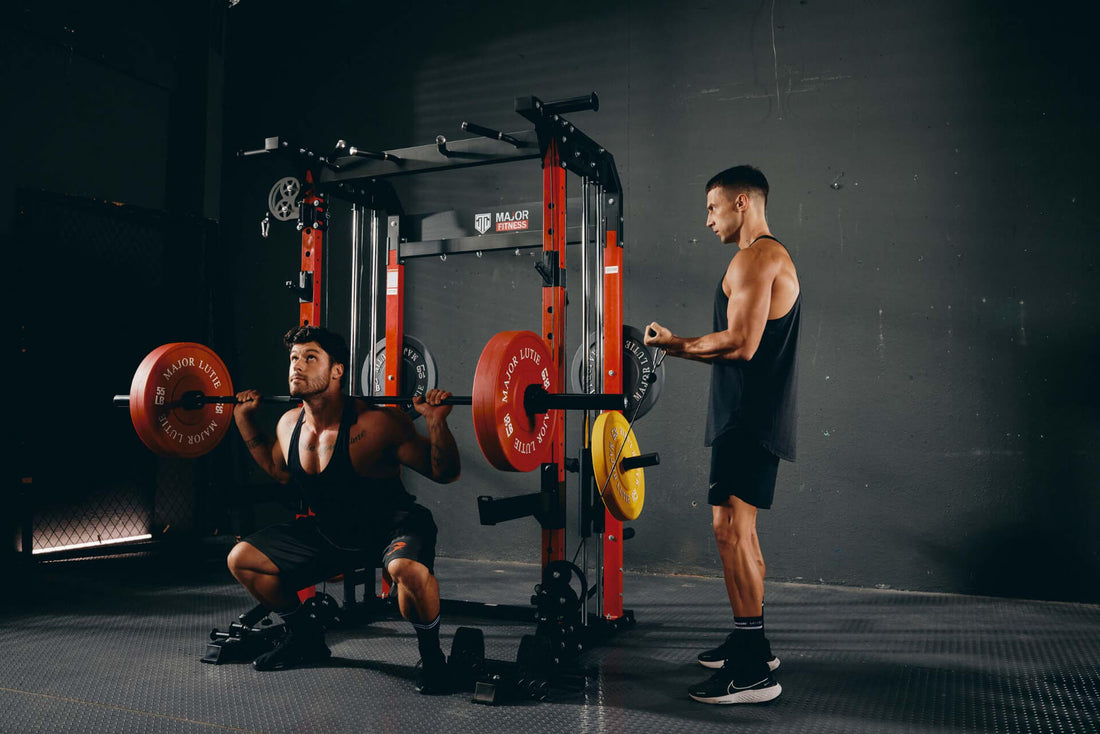
When navigating the world of strength sports, the debate of powerlifter body vs bodybuilder often arises. Both forms of training demand a high level of dedication, but they lead to distinctly different physiques. This article delves into the unique characteristics, training methodologies, and lifestyle choices that differentiate powerlifters from bodybuilders.
Let's start with a basic understanding of what defines these two groups. Powerlifters prioritize maximum strength in three core lifts: the squat, bench press, and deadlift. Their training regimens are centered on improving these lifts through progressive overload and a high volume of heavy weights.
Conversely, bodybuilders focus on muscle hypertrophy — the increase in muscle size. While strength is certainly a component of their training, bodybuilders prioritize the aesthetic aspect, seeking balanced muscular development across every muscle group.
Training Regimes
Powerlifters emphasize low rep ranges with heavy weights. Their routines often include sets of 1-5 reps at 80-90% of their one-rep max. The goal is to increase absolute strength. As a result, powerlifters may appear less defined but more muscularly dense.
On the other hand, bodybuilders typically perform higher rep ranges with moderate to heavy weights. A standard bodybuilding workout might include 8-12 reps per set, aiming at the pump that helps maximize muscle hypertrophy. The result is a more chiseled and defined look.
Nutritional Habits
Diet plays a significant role in shaping the bodies of both powerlifters and bodybuilders. Powerlifters generally opt for a higher caloric intake to fuel their intensive training sessions and ensure they are in a caloric surplus for muscle growth and energy replenishment.
Bodybuilders tend to follow stricter diets, especially when preparing for competitions. They balance their macronutrient intake meticulously, focusing on lean proteins, complex carbohydrates, and healthy fats to build muscle without gaining excess fat. During the cutting phase, bodybuilders reduce their caloric intake to enhance muscle definition.
Recovery and Rest
Recovery is crucial for both disciplines, but it is approached differently. Powerlifters may take longer rest periods between sets to fully recover and lift heavily again. Their training often includes more rest days to allow their central nervous system to recuperate from the heavy loads.
Bodybuilders might incorporate shorter rest periods between sets to maintain muscle fatigue and metabolic stress necessary for muscle growth. Their training often includes more variety in exercises to target specific muscle groups and allow for active recovery.
Injury Risk
Both sports come with their own risks. Powerlifting's heavy weights and intense focus on three major lifts can increase the risk of joint and tendon injuries, particularly if proper form is not maintained.
Bodybuilders, while often working with lighter loads, are at risk for muscle strains and overuse injuries due to the high volume and frequency of their workouts. Proper technique and adequate recovery strategies are essential in both sports to mitigate these risks.
Body Aesthetics
The end result of these differing approaches is clearly visible in their physiques. A powerlifter’s body is generally characterized by a thicker, more solid frame with dense muscle mass. Their muscles may not have the definition of a bodybuilder, but their physique exudes powerful strength.
Bodybuilders, conversely, aim for a symmetrical, well-defined body with visible muscular separation and low body fat levels. The aesthetic appeal is paramount, often leading to a more vascular and lean appearance.
Competitive Scene
The competitive landscape also varies greatly between the two. Powerlifting competitions revolve around the total weight lifted in the squat, bench press, and deadlift, with different weight classes allowing for fair competition.
Bodybuilding competitions, however, are judged on muscle size, symmetry, and definition. Competitors are grouped by weight or height categories and are judged based on posing routines that showcase their muscular development.
The differences don't end there. The community and cultural aspects of each discipline play a significant role in shaping an athlete's experience and identity within their sport.
Experience and culture within powerlifting circles might emphasize camaraderie and the shared goal of lifting heavier, while bodybuilding communities might focus on the art and science of sculpting the body to perfection.
When comparing a powerlifter body vs bodybuilder, it's important to understand that each has its unique appeal and demands. Whether you are drawn to the raw strength and power of a powerlifter or the sculpted and aesthetic physique of a bodybuilder, both avenues offer immense personal satisfaction and physical prowess.
Ultimately, your choice between powerlifting and bodybuilding should reflect your personal fitness goals, lifestyle preferences, and individual interests. Embrace the journey, respect the differences, and find what truly motivates you to push your physical limits.



















